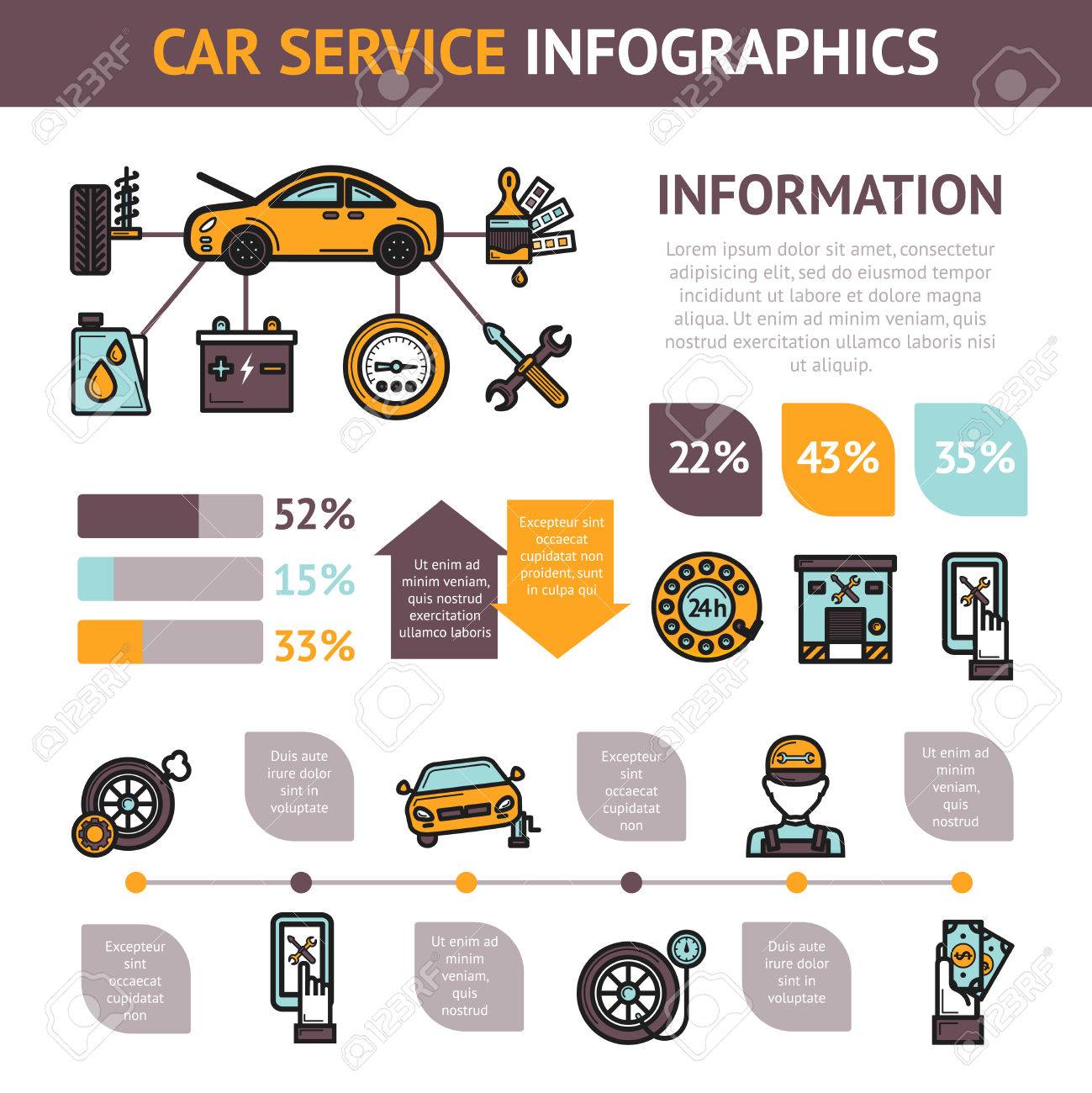Analyzing Your Auto'S Warning Indicators: What They Really Convey
Analyzing Your Auto'S Warning Indicators: What They Really Convey
Blog Article
Developed By-Vinson Alvarado
When you're behind the wheel, those glowing caution lights on your dashboard can be a little bit perplexing. Do you know what they're attempting to inform you about your car's health and wellness? Comprehending the relevance of these lights is crucial for your security and the longevity of your lorry. So, the following time among those lights turns up, would not you intend to decode its message precisely and take the essential steps to resolve it?
Common Caution Lights and Interpretations
Recognize typical warning lights in your cars and truck and recognize their definitions to ensure risk-free driving.
The most typical warning lights include the check engine light, which indicates concerns with the engine or discharges system. If this light comes on, it's critical to have your vehicle examined immediately.
The oil pressure alerting light suggests low oil pressure, calling for prompt focus to stop engine damage.
A blinking battery light may recommend a damaged charging system, possibly leaving you stranded otherwise attended to.
The tire pressure surveillance system (TPMS) light notifies you to reduced tire pressure, affecting automobile stability and fuel performance. Overlooking this might bring about unsafe driving problems.
The ABS light shows a problem with the anti-lock braking system, compromising your ability to stop promptly in emergencies.
Last but not least, the coolant temperature level warning light warns of engine overheating, which can result in serious damages otherwise resolved quickly.
Recognizing these usual warning lights will assist you attend to issues promptly and keep risk-free driving problems.
Significance of Prompt Attention
Comprehending the common caution lights in your cars and truck is only the primary step; the significance of immediately dealing with these warnings can not be stressed sufficient to ensure your safety and security when traveling.
When a warning light brightens on your dashboard, it's your cars and truck's means of interacting a possible issue that requires attention. Disregarding these cautions can result in extra extreme troubles in the future, compromising your safety and potentially costing you more out of commission.
Prompt attention to cautioning lights can avoid failures and accidents. As an example, a flashing check engine light might suggest a misfire that, if left neglected, can cause damage to the catalytic converter. Resolving this immediately can conserve you from a pricey repair work.
Likewise, a brake system cautioning light may signal reduced brake fluid or worn brake pads, essential elements for your safety and security when driving.
Do It Yourself Troubleshooting Tips
If you see a caution light on your control panel, there are a few DIY repairing suggestions you can attempt prior to seeking professional aid.
The primary step is to consult your cars and truck's handbook to understand what the particular caution light suggests. Often Read Homepage can be as easy as a loose gas cap setting off the check engine light. Tightening up the gas cap might fix the issue.
An additional common concern is a low battery, which can trigger numerous cautioning lights. Inspecting the battery connections for deterioration and ensuring they're secure may deal with the issue.
If a caution light lingers, you can try resetting it by disconnecting the car's battery for a couple of mins and afterwards reconnecting it. In addition, examining your lorry's fluid degrees, such as oil, coolant, and brake liquid, can aid fix advising lights connected to these systems.
Final thought
In conclusion, recognizing your cars and truck's warning lights is vital for keeping your car running efficiently and safely. By without delay resolving these informs and recognizing what they mean, you can prevent costly repair work and potential breakdowns.
Remember to consult your automobile's handbook for certain information on each alerting light and act as necessary to make certain a trouble-free driving experience.
Keep notified, stay safe when driving!
